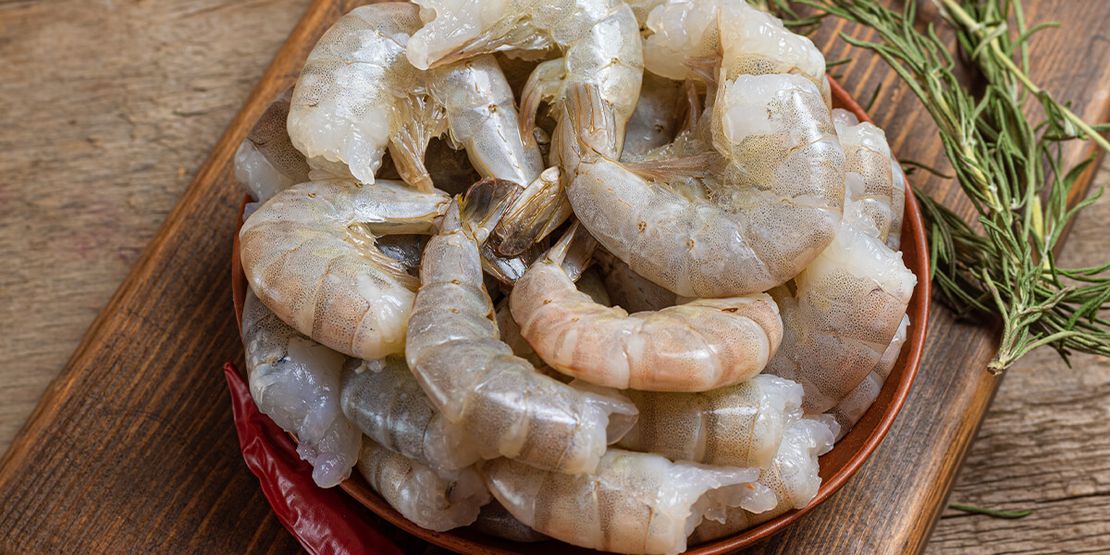Global Shrimp Market Dynamics: Navigating Challenges and Opportunities
The global shrimp market stands as a powerhouse within the seafood industry, driven by a surging demand for sustainable, high-quality seafood. While experiencing significant growth, this lucrative market is not immune to challenges, with Thailand, a major player, grappling with issues such as disease outbreaks, environmental concerns, and food safety.
This article explores the complexities of the global shrimp market, focusing on the challenges faced by Thai shrimp farmers and potential strategies for sustainability.
Global Shrimp Production: A Pinnacle of Growth
The global shrimp market has witnessed substantial expansion, evolving into one of the largest and most lucrative segments in the seafood industry. According to the Food and Agriculture Organization of the United Nations, shrimp production globally surged from 3.8 million tonnes in 2000 to nearly 5 million tonnes in 2018. This growth is indicative of the increasing worldwide appetite for this delectable crustacean.
Challenges for Thai Shrimp Farmers
#1 Disease Outbreaks: A Persistent Threat
Thailand, a significant contributor to global shrimp production, faces formidable challenges, with disease outbreaks ranking high on the list. Shrimp are particularly susceptible to diseases like white spot syndrome and early mortality syndrome, causing substantial losses for farmers. The control and prevention of these diseases often entail the use of antibiotics and chemicals, posing threats to the environment and food safety.
#2 Environmental Degradation: Balancing Industry Growth and Ecological Impact
Environmental concerns loom large over Thai shrimp farming. The industry's impact, including water pollution, habitat destruction, and diminished water quality, raises alarms for environmentalists. The repercussions extend beyond shrimp to affect other aquatic species and the overall health of ecosystems, necessitating a delicate balance between industry growth and environmental preservation.
#3 Food Safety Challenges: Affecting Consumer Confidence
In an era where consumers prioritize food safety, issues within the Thai shrimp industry have dented consumer confidence. Instances of food contamination have led to decreased trust and reduced exports, prompting the industry to address and rectify concerns surrounding the safety of its products.
Strategies for Sustainability
#1 Adoption of Sustainable Farming Practices
The path to sustainability for Thai shrimp farmers involves a concerted effort to adopt practices that minimize environmental impact. This includes reducing the use of antibiotics, implementing efficient water management techniques, and safeguarding the natural habitats of shrimp and other aquatic species.
#2 Investment in Research and Development
A crucial step towards overcoming challenges lies in substantial investment in research and development. Innovations in disease management, water quality improvement, and the reduction of harmful chemicals are pivotal for the long-term sustainability of the industry.
#3 Collaborative Approach with Stakeholders
Thai shrimp farmers can enhance their operations by collaborating with government bodies, industry groups, and other stakeholders. Developing industry standards and regulations, improving market access and competitiveness, and fostering public awareness about sustainable seafood are vital components of a collective effort.
Sailing Toward Sustainable Seas
In conclusion, the global shrimp market presents a landscape of both challenges and opportunities. While Thai shrimp farmers grapple with issues such as disease outbreaks, environmental degradation, and food safety concerns, there exists a pathway to sustainability through the adoption of responsible practices, investment in research, and collaboration with stakeholders.
By navigating these challenges collectively, Thai shrimp farmers can contribute to the long-term health of the industry and safeguard the vitality of our oceans for generations to come.
Recommended for you
Koh Samet: A Dream Thai Island Vacation
The Bear Team















